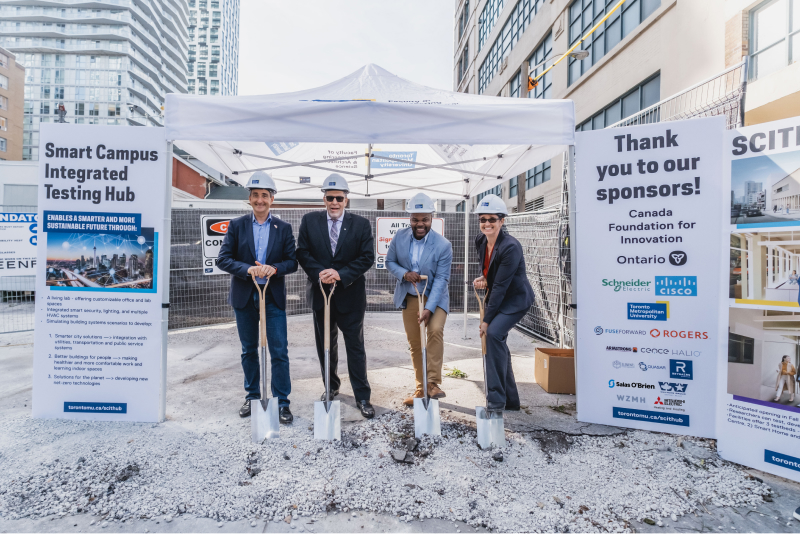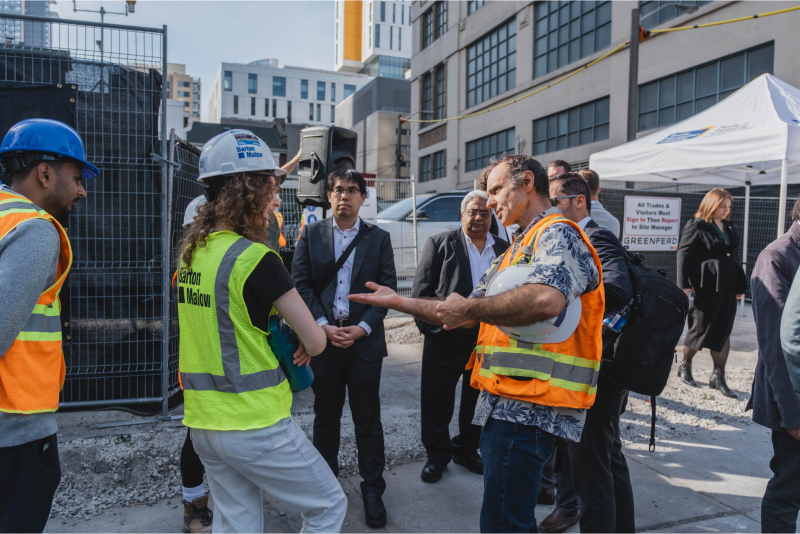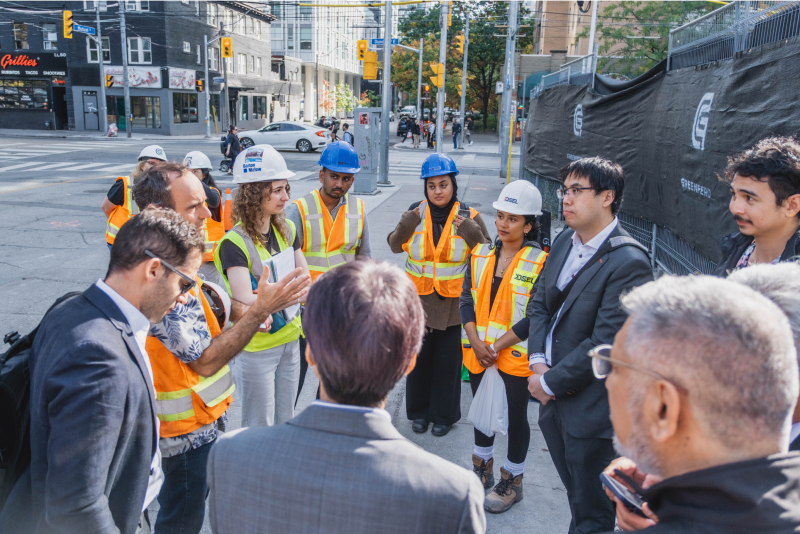The world’s first 100% digitally-enabled building and research facility
Designed as a model of post-2030 smart and sustainable construction, this 100% digitally-enabled facility integrates a diverse range of building systems technology (HVAC, lighting, building envelope, security, IT, and communications) to help propel Canada’s built environment towards net-zero emissions.
Achieved through 3 streams of research, the Hub:
- supports worldwide sustainability efforts to reach net-zero emissions
- offers a diversity of space types for advanced research on how humans and buildings interact
- will help develop new technology that improves comfort, satisfaction, health, and productivity where occupants live, learn, and work (smart campuses, cities, homes, and workplaces).
Groundbreaking Ceremony
October 22, 2024
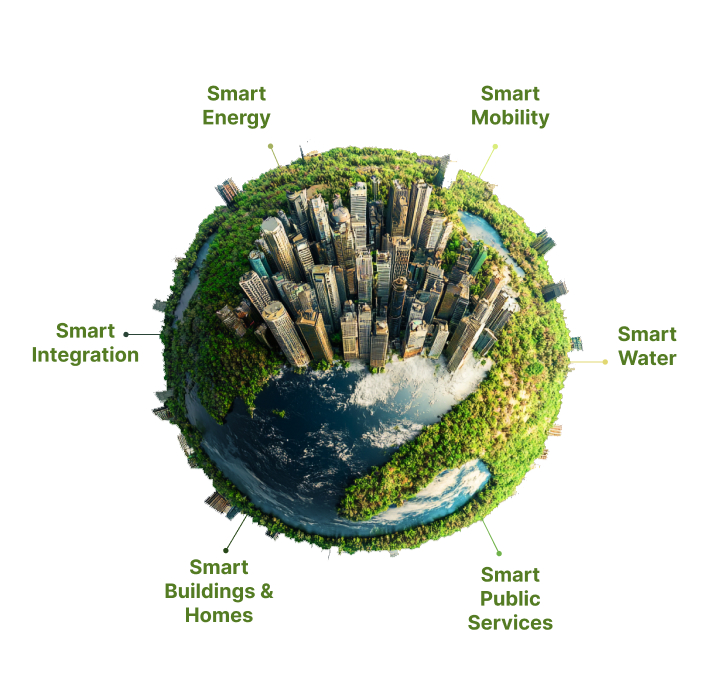
Changing the world through smart buildings
Prioritizing sustainability, smart building technology is a key solution to decarbonize our built environment.
From a consumer perspective, smart buildings can save money (e.g. through self regulating thermostats), enhance security (e.g. through access control and alerts), improve convenience (e.g. such as turning off lights from anywhere), and safeguard from extreme weather events (e.g. by monitoring for flooding). For building owners, they also support decarbonization through optimized controls and reduce risk by supporting preventative maintenance.
The goal of the SCITHub is to develop, test, and showcase the full range of smart building technologies to support the homes and offices of the future. Split across two floors, the Hub is unique in the diversity of integrated systems within its digitally-enabled controlled environment that supports next-generation building systems research.
Testbeds: Pushing the boundaries of what’s possible
With an anticipated opening in the Fall of 2025, the Hub will provide collaboration opportunities for researchers to develop, test, and validate Smart Building solutions in three distinct testbeds:

The Operations and Data Visualization Centre (ODVC): is the brain of the facility, where all data is collected and the facility’s systems (heating & cooling, ventilation, lighting, security, IT etc.) can be viewed through its Cognitive Digital Twin. The OVDC also integrates data from the broader campus and serves as a testbed for Smart City and Smart Campus solution development.
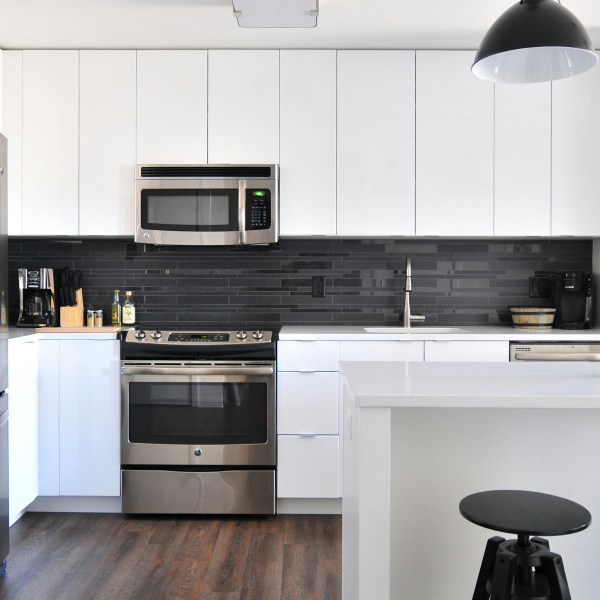
Smart Home (Affordable Living Integrated Residential) Testbed: provides a venue to test Smart Home solutions related to energy savings, security, thermal comfort, and predictive maintenance.
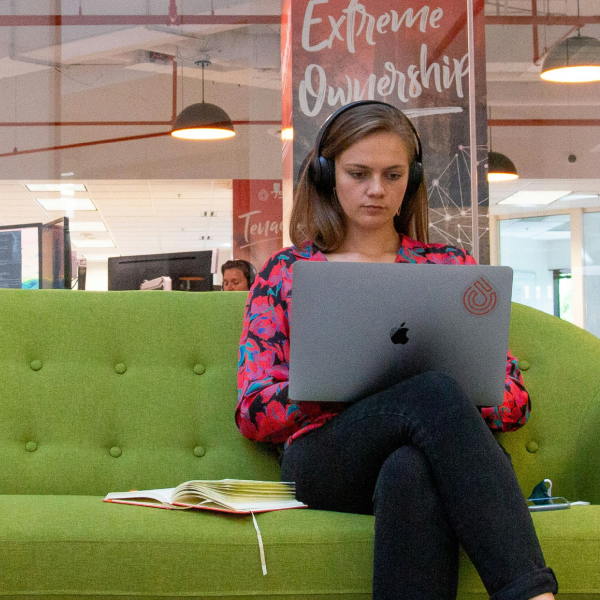
Smart Office (Smart Building Analytics Living Lab) Testbed: contains two sets of test cells, offering the ability to compare different equipment and operating scenarios side-by-side in controlled conditions. This also provides both open- and partition office solution development and testing capabilities.

Research: Improving residences, cities and the planet
With the Hub’s integrated smart security and lighting systems, its multi-zone design, multiple HVAC systems, and its day-to-day customizable use by researchers (as both office and lab spaces), we are able to provide a living lab where a range of building systems scenarios can be simulated, and revolutionary discoveries in the following three research areas can be made.
In the news

CFI grant will help build innovative new lab to explore digital and sustainable buildings
March 05, 2021
The Canada Foundation for Innovation (CFI) is supporting the development of the world’s first building designed to be 100 percent digitally enabled…
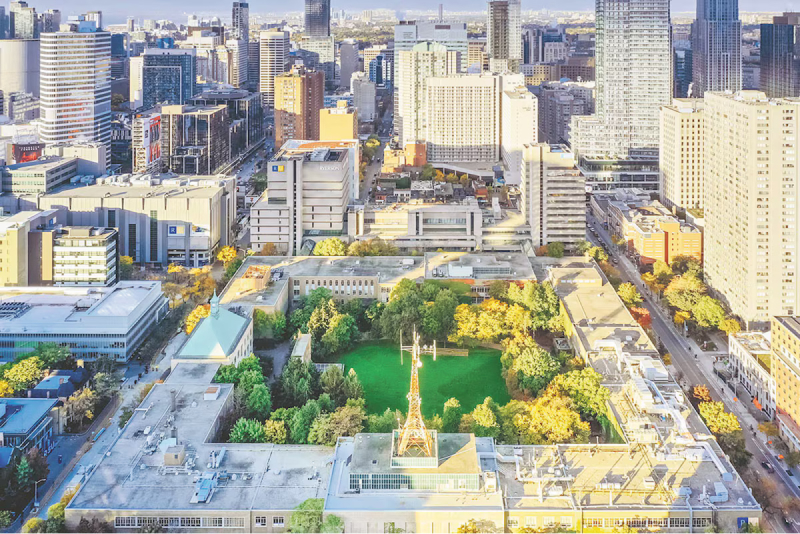
Green and Inclusive
November 19, 2021
As a vibrant and dynamic institution in downtown Toronto, TMU’s research mandate is all about future-forward and cutting-edge innovation.
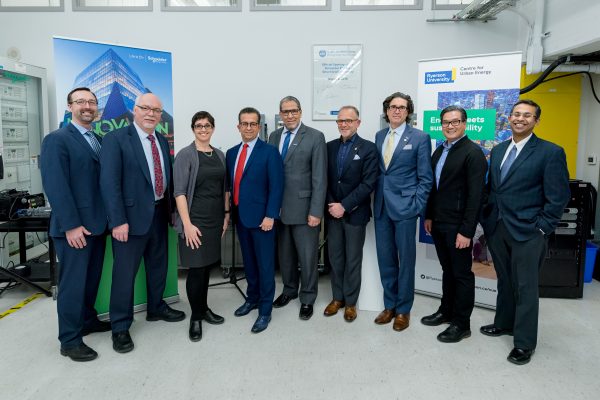
Schneider Electric funds development of Ryerson smart buildings lab
March 6, 2018
Schneider Electric Canada will donate $1 million in kind to design and build a smart buildings laboratory at Toronto Metropolitan University in Toronto, ON.
.jpg)
